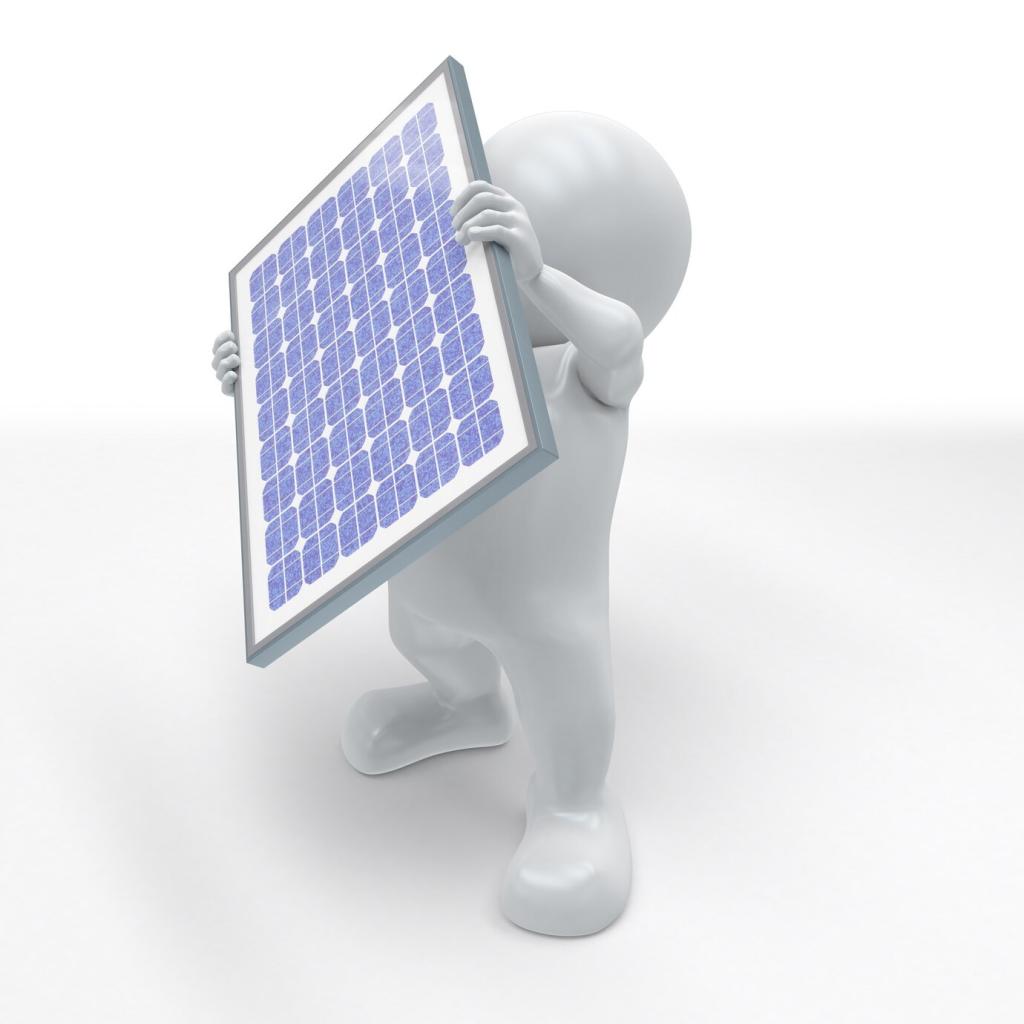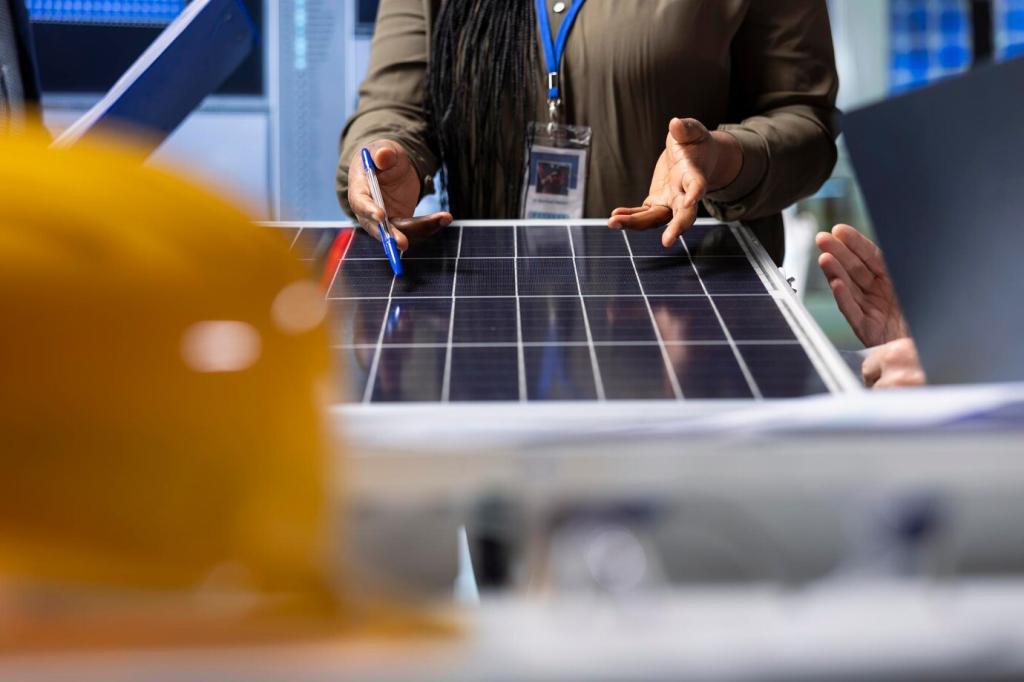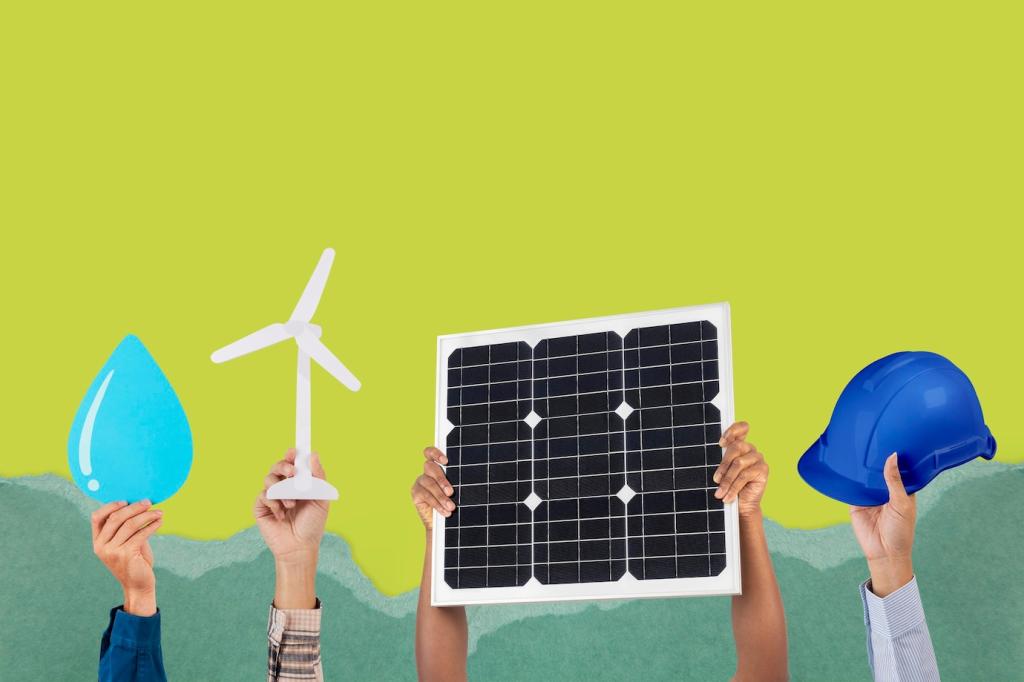Water, Air, and Noise: The Hidden Environmental Dividends
Conventional thermal power plants often consume significant water for cooling, while rooftop solar uses almost none during operation. Renting therefore contributes to less water stress in regions facing drought. If water is a community concern where you live, share your city and utility to help map rental solar’s cumulative savings.
Water, Air, and Noise: The Hidden Environmental Dividends
Reducing fossil generation cuts pollutants like nitrogen oxides and particulate matter, improving respiratory health near traffic corridors and power plants. A rented system may seem small, yet combined with your neighbors’ arrays, the effect adds up. Invite readers to compare local air quality trends and discuss what you observe seasonally.




